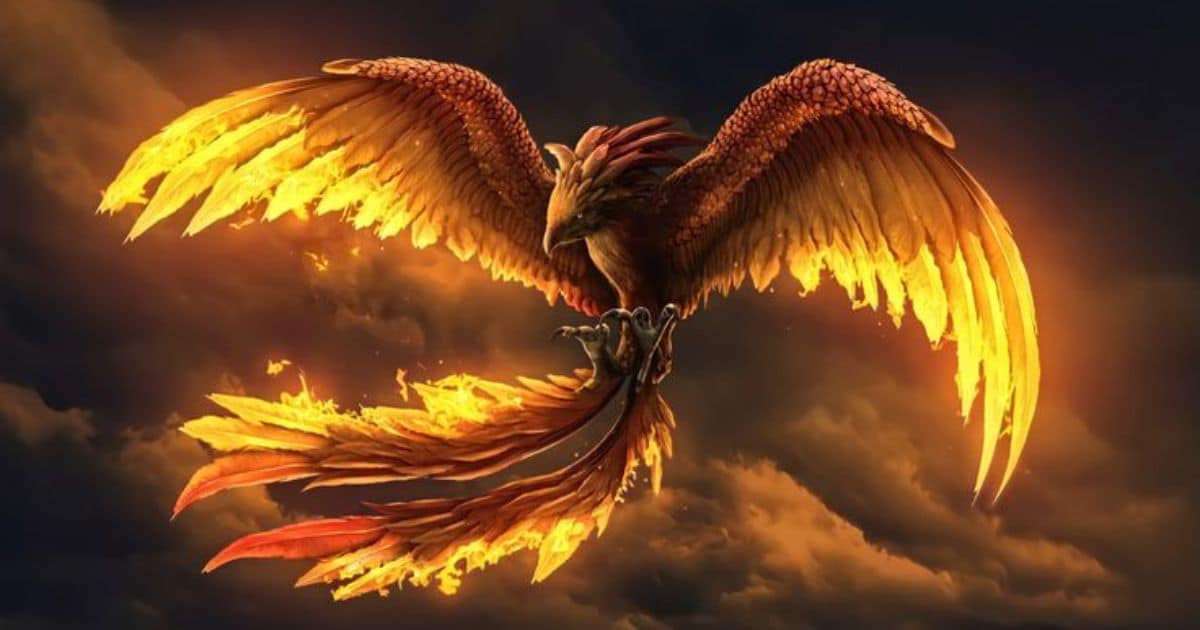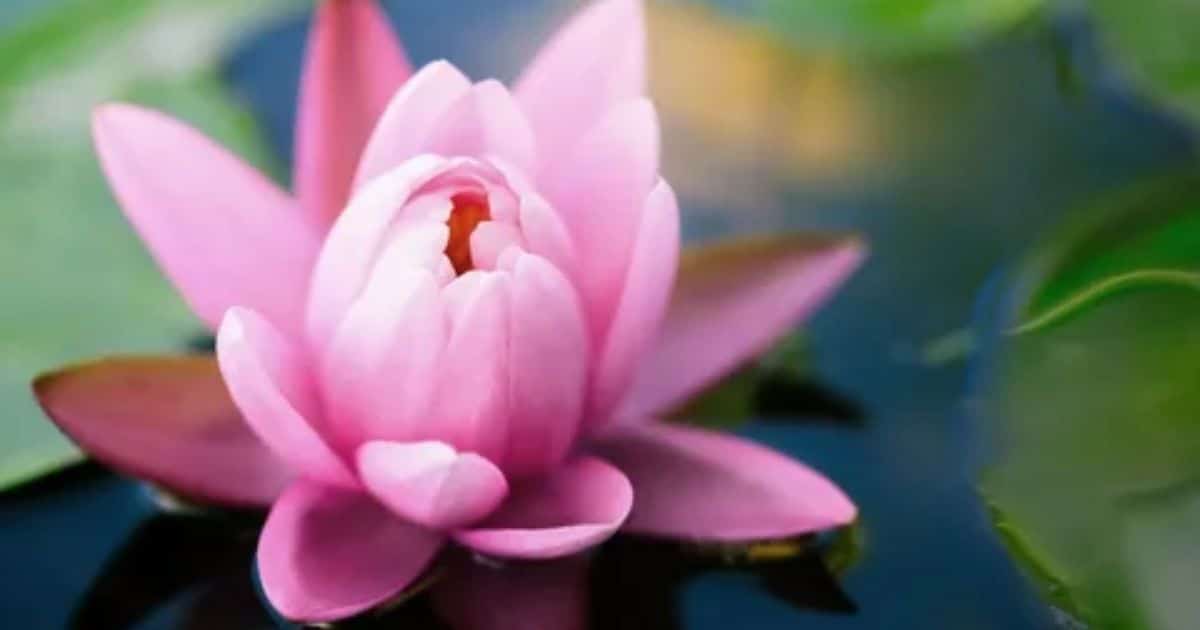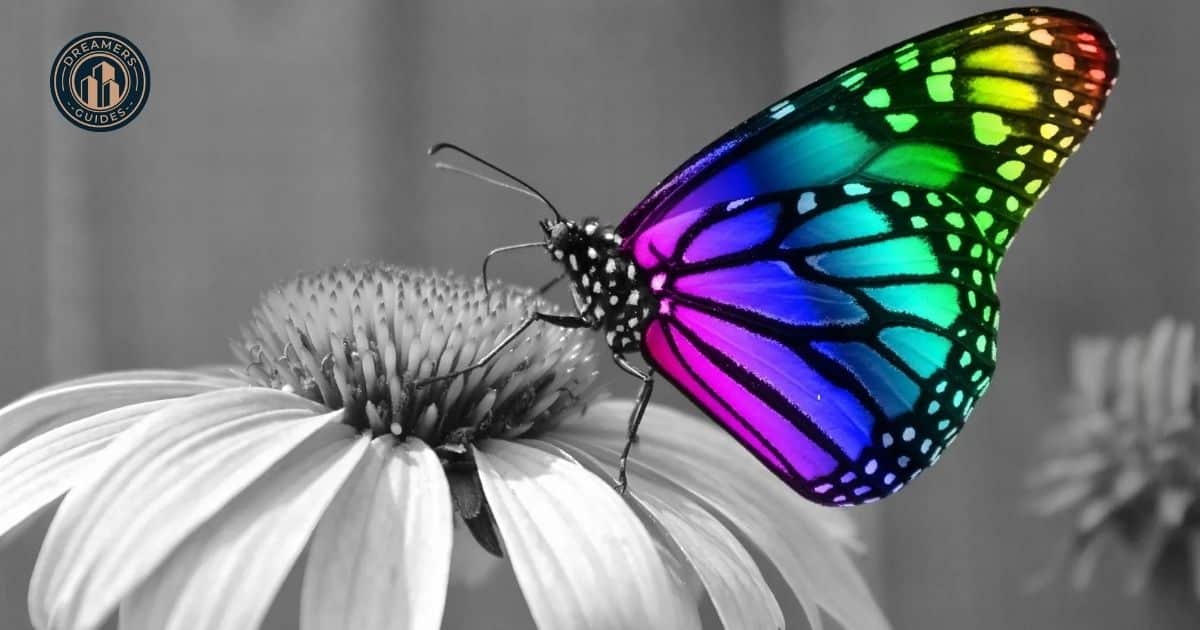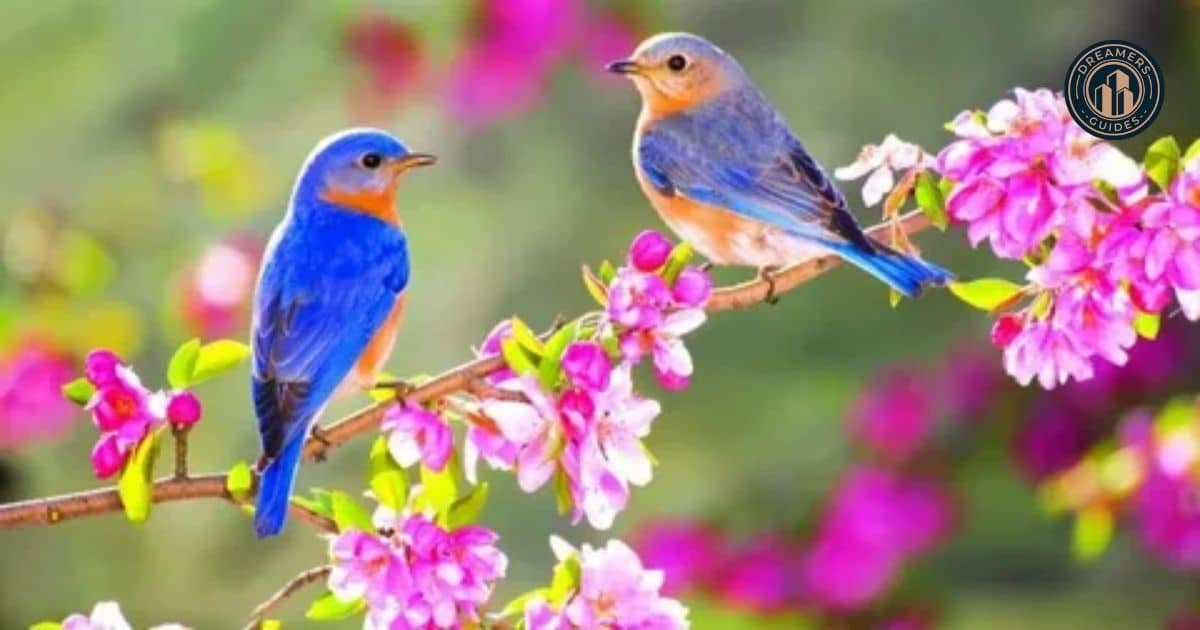The human spirit has always been drawn to the concept of renewal. From the depths of ancient Egypt to the heights of Norse mythology, symbols of rebirth have guided people through cycles of transformation. These powerful rebirth emblems speak to our deepest hopes for renewal and fresh starts.
Today, we’ll explore eleven remarkable renewal symbols that have shaped human understanding of transformation across time and cultures. Each symbol carries wisdom about personal transformation and spiritual growth that remains relevant in our modern world.
Understanding Rebirth Symbolism
The power of rebirth symbols lies in their ability to connect us with universal human experiences. When we look at these regeneration symbols, we see our own potential for change reflected in nature’s patterns. From the smallest seed to the mightiest celestial bodies, these symbols remind us that renewal is always possible.
These rebirth icons appear in art, literature, and religious texts worldwide. They bridge cultural differences and speak to shared human experiences of transformation. Modern psychology recognizes their importance in understanding personal growth and healing.
| Culture | Primary Symbols | Key Themes |
| Ancient Egypt | Scarab, Ankh | Everlasting life |
| Greek legends | Phoenix | Immortality |
| Norse mythology | World Tree | Cycles of renewal |
| Buddhism | Lotus | Spiritual enlightenment |
| Hinduism | Cosmic Egg | Creation and rebirth |
Phoenix
The majestic Phoenix stands as the ultimate embodiment of rebirth symbols in Greek mythology. Ancient texts describe this magnificent creature as a radiant bird with golden-red plumage that lives for 500 to 1,000 years. When it senses its end approaching, the Phoenix builds a nest of aromatic twigs that ignites in the rays of the rising sun. From these sacred ashes, a new Phoenix emerges, making it a powerful symbol of perpetual life.

Beyond Greek legends, the Phoenix appears in various forms across cultures. In Egyptian tradition, the Bennu bird represented the soul of Ra and inspired the Greek folklore about the Phoenix. Chinese mythology speaks of the Fenghuang, while Arabian tales tell of the Anqa. Each culture adds its own layer to this compelling story of self-transformation. Modern interpretations emphasize resilience, reinvention, and the power to rise from life’s challenges.
| Culture | Phoenix Name | Symbolism |
| Greek | Phoenix | Immortality & rebirth |
| Egyptian | Bennu | Solar deity & creation |
| Chinese | Fenghuang | Virtue & grace |
| Arabian | Anqa | Rarity & wonder |
| Persian | Simurgh | Healing & wisdom |
Lotus Flower
The sacred lotus rises from murky waters to bloom in pristine beauty, making it a perfect symbol of spiritual awakening. This spiritual flower shows us how challenging conditions can foster the most beautiful growth. In Buddhist tradition, the blooming lotus represents the journey from ignorance to enlightenment.

The lotus teaches us about spiritual progress through its daily behavior. Each morning, it emerges clean from muddy water, demonstrating that personal development can occur in any environment. Scientists have even studied the “lotus effect” – its self-cleaning properties that mirror spiritual purification.
Butterfly
The butterfly’s journey of metamorphosis stands as nature’s most dramatic display of personal transformation. This extraordinary process involves four distinct stages: egg, caterpillar, chrysalis, and adult butterfly. Each stage represents deeper truths about personal growth and evolution. The caterpillar literally dissolves inside its chrysalis, its cells reorganizing to create something entirely new – a powerful metaphor for profound change.

Scientists have discovered that butterflies retain memories from their caterpillar stage, despite their complete physical transformation. This fascinating fact adds deeper meaning to their symbolism of spiritual awakening and consciousness evolution. Native American traditions view butterflies as symbols of joy and transformation, while Japanese culture associates them with the souls of the departed and the essence of spiritual growth.
Modern Butterfly Symbolism in Different Settings:
| Setting | Symbolic Meaning | Application |
| Therapy | Change process | Visualizing personal growth |
| Education | Learning stages | Understanding development |
| Business | Innovation cycles | Organizational change |
| Art | Beauty in transformation | Creative expression |
| Spirituality | Soul evolution | Meditation focus |
Egg
The egg represents pure potential and continuous existence across cultures. From creation myths of ancient Egyptian religion to modern Easter celebrations, eggs symbolize the mystery of life and rebirth. Their perfect form contains all possibilities, making them powerful rebirth emblems.

In Norse mythology, the cosmic egg features prominently in creation stories. The cultural importance of eggs extends beyond religious symbolism into art and literature, where they represent hope and new beginnings. Even in modern times, eggs remain a universal symbol of life’s potential.
Ouroboros (Snake Eating Its Tail)
The Ouroboros, a snake consuming its own tail, represents eternal cycles of perpetual life. This ancient symbol appears in both Egyptian culture and Norse legends, representing the infinite nature of transformation. Its circular form suggests that endings lead to new beginnings.

In Hellenic myths, the Ouroboros connects to ideas of cosmic unity and eternal return. Modern psychology, particularly Jung’s work, uses this symbol to represent the integration of conscious and unconscious aspects of the psyche. Its cultural relevance continues in contemporary discussions about sustainability and circular systems.
Read More About : Venus trine Mars Synastry: Everything You Need To Know
Spring Season
The arrival of spring season brings Earth’s most dramatic display of renewal. This vernal season awakens dormant life through an intricate dance of temperature changes, increasing daylight, and complex biological responses. The transformation from winter’s stillness to spring renewal demonstrates nature’s resilience and the certainty of rebirth.

During springtime, ancient societies worldwide celebrated this renewal through festivals honoring deities of regeneration and fertility. These celebrations continue today in various forms, from Easter to Nowruz (Persian New Year) to Holi. Each tradition adds its unique perspective to the universal theme of spring rejuvenation. Scientific research shows that this season triggers significant biological changes in humans too, affecting mood, energy levels, and creative thinking.
Spring Renewal Festivals Worldwide:
| Festival | Culture | Key Symbols | Practices |
| Ostara | Germanic | Eggs & rabbits | Nature celebration |
| Nowruz | Persian | Fire & water | House cleaning |
| Holi | Indian | Colors & water | Community gathering |
| Cherry Blossom | Japanese | Sakura flowers | Nature appreciation |
| May Day | European | Flowers & ribbons | Dance celebrations |
Spring’s Impact on Human Life:
- Biological Changes:
- Increased serotonin production
- Improved vitamin D synthesis
- Enhanced immune system function
- Psychological Effects:
- Elevated mood
- Increased creativity
- Higher energy levels
- Cultural Practices:
- Spring cleaning rituals
- Gardening activities
- Outdoor celebrations
New Moon
The new moon phase marks a powerful time of beginnings in the continuous dance of lunar phases. During this mysterious time, the moon appears completely dark from Earth, creating a blank canvas for new possibilities. Ancient cultures worldwide recognized this phase of the moon cycle as optimal for planting seeds – both literal and metaphorical.

Modern science reveals how lunar cycles influence Earth’s tides, animal behavior, and even human sleep patterns. Many contemporary spiritual practitioners use the new moon energy for intention-setting and manifestation work. This celestial cycle creates a natural rhythm for personal development and goal achievement, with each new moon offering a fresh start.
New Moon Practices Across Cultures:
| Culture | Practice | Purpose |
| Hindu | No-food fasting | Spiritual purification |
| Chinese | Temple offerings | Ancestor honoring |
| Native American | Vision quests | Spiritual guidance |
| Modern Pagan | Intention setting | Personal growth |
| Japanese | Moon viewing | Contemplation |
Scarab Beetle
In pharaonic Egypt, the humble dung beetle became one of history’s most powerful rebirth symbols. The sacred beetle, known as the scarab, represented the sun god’s journey and the cycle of eternal life. Its practice of rolling balls of dung mirrored the sun’s movement across the sky.

The Khepri beetle holds immense heritage significance in ancient Egyptian religion. Archaeological discoveries continue to reveal how deeply this symbol permeated Nile civilization. Modern collectors prize scarab amulets for their connection to transformation and protection.
Sun Rising
Each sunrise enacts a daily drama of rebirth that resonates across cultures. From Egyptian deities to Asgard mythology, the rising sun represents triumph over darkness and the promise of renewal. This daily miracle inspired countless myths and religious practices.

Modern science understands the sun’s role in supporting life, adding depth to its symbolic meaning. The sunrise remains a powerful metaphor for hope and new beginnings in literature and art. Its cultural meaning transcends time and geography.
Read More About : 17 Symbols of Innocence and Their Heartwarming Meanings
Ankh (Egyptian Symbol)
The Ankh, the Egyptian symbol of everlasting life, unites masculine and feminine principles. In ancient Egyptian religion, this powerful emblem represented the union of heaven and earth. Its distinctive form appears throughout Egyptian history in art and architecture.

Modern interpretations see the Ankh as a symbol of spiritual enlightenment and balanced forces. Its enduring socio-cultural value makes it a popular symbol in jewelry and decorative arts. The Ankh reminds us that life’s cycles contain both endings and beginnings.
Rainbow
The rainbow serves as a bridge between earth and sky in many traditions. From Biblical stories to Norse legends, rainbows represent divine promises and renewal. Their appearance after storms symbolizes hope and transformation.

Modern movements have adopted the rainbow as a symbol of diversity and inclusion. Its cultural importance continues to evolve while maintaining connections to ancient meanings. The rainbow reminds us that beauty can emerge from challenging circumstances.
Contemporary Relevance
These ancient symbols of rebirth offer wisdom for modern challenges. Whether facing personal difficulties or societal changes, these symbols remind us that transformation is natural and necessary. Their enduring power lies in their ability to connect us with universal experiences of renewal.
Today’s seekers of spiritual growth and personal transformation can find guidance in these timeless emblems. They offer hope during difficult times and celebration in moments of triumph. Their wisdom helps us navigate our own cycles of death and rebirth.
Practical Applications
Consider incorporating these symbols into your personal growth practice:
| Symbol | Modern Application | Benefit |
| Phoenix | Visualize during challenges | Builds resilience |
| Lotus | Meditation focus | Promotes clarity |
| Butterfly | Journal prompts | Aids transformation |
| Moon Phases | Goal setting | Aligns with natural cycles |
Conclusion
The journey through these symbols of rebirth reveals our shared human quest for renewal and transformation. From ancient Greece to modern America, people have found meaning in these powerful emblems. They remind us that change is not just possible but natural and necessary.
As you encounter these symbols in daily life, remember their deep cultural significance. Let them guide your own journey of spiritual awakening and personal development. In a world of constant change, these ancient wisdom symbols offer timeless guidance for transformation.